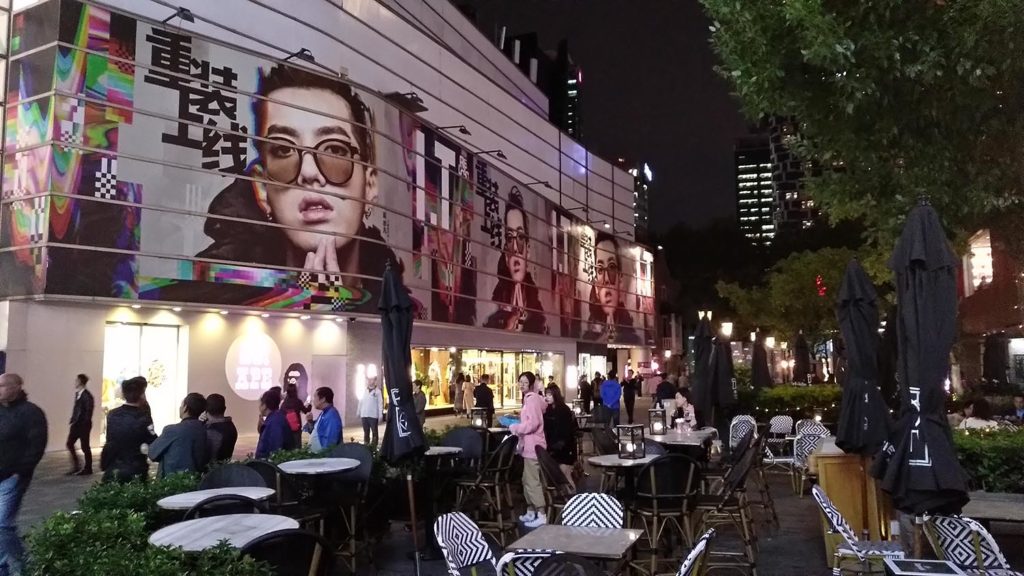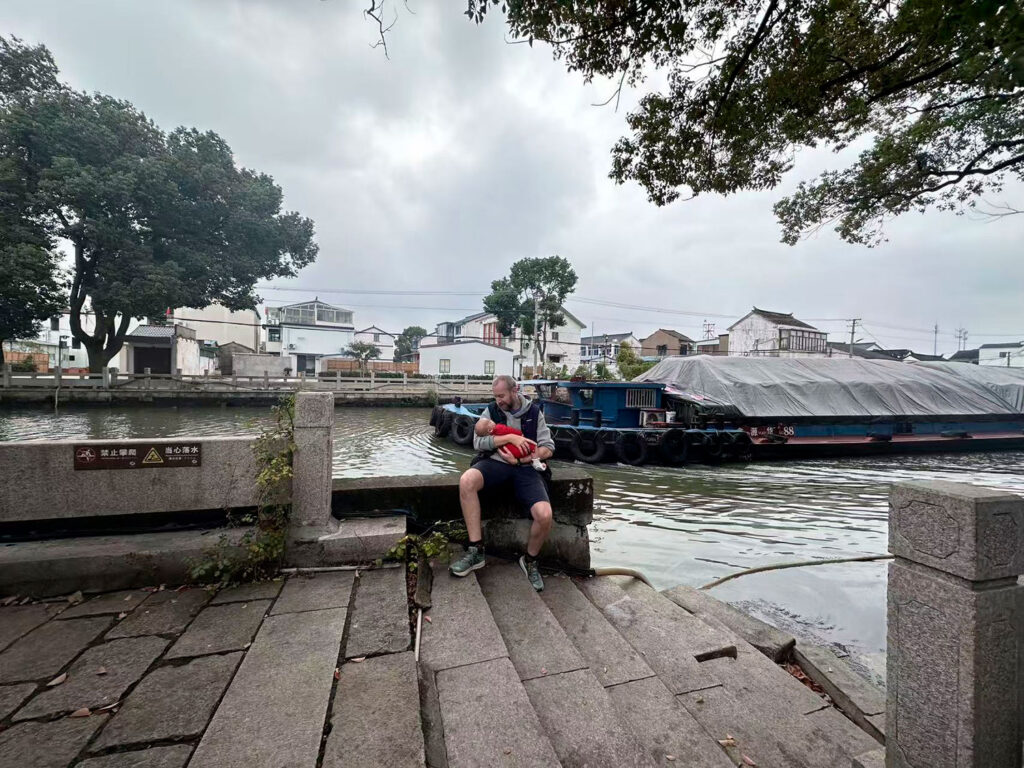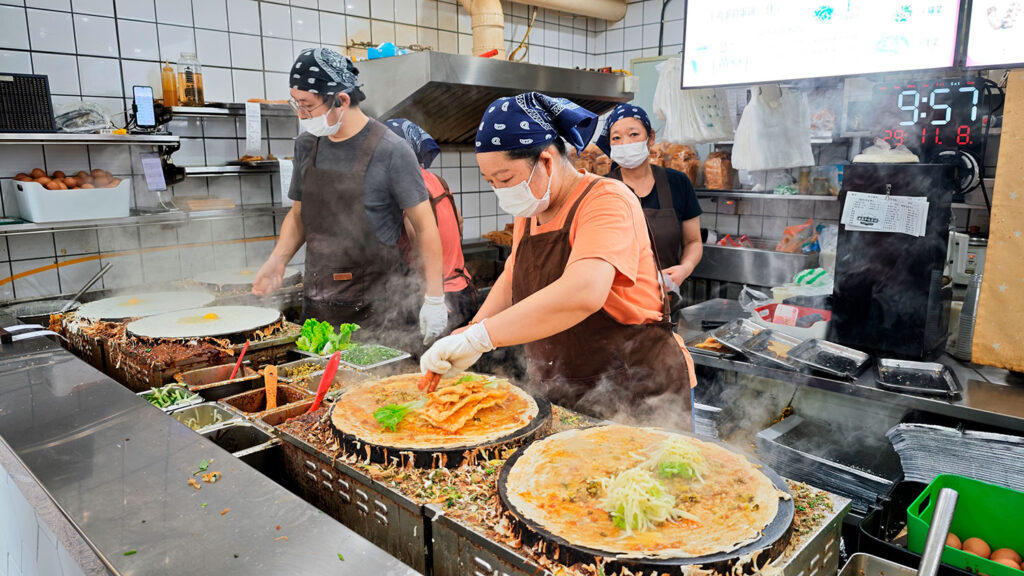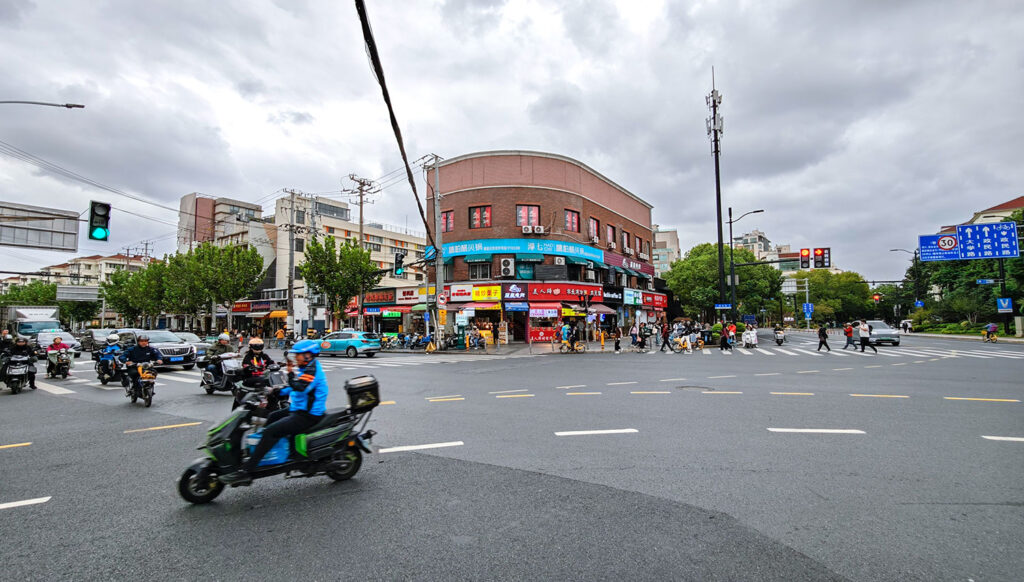(Originally posted on Seventy-Magazine.)
When you look down at the city from the 121st floor of the Shanghai Tower, it’s as if you’re looking at a computer simulation. The view that houses 24 million people is insane. Across all horizons, the skyline is filled with exotic skyscrapers and thousands of high rise apartment buildings, nearly all of it being built within the last 25 years.
Down at a street level you find old art deco buildings with neon advertising, Buddhist temples and Shikumen suburbs. And in between it all, a spaghetti of rails, waterways, roads and alleys, filled with vehicles and noise.
Last week I waited for my parents to appear from the international arrivals gate at Shanghai’s Pudong Airport. The weary European travellers in comfy clothes made a stark contrast with the lively Chinese travellers, who looked fashionable in their wrinkle free shirts and designer skirts — the gate being their catwalk through family members and taxi drivers holding name signs.
Shanghainese have Westernised, but more than that they’ve modernised into something different. Something of their own. A city and country on the rise with a rollercoaster history to look back upon, it feels Shanghai is built on an almost naive kind of energy and feverish optimism. Youth has money and time to spend, while workers are cleaning and building streets almost 24/7, like settlers on a new planet. Anything goes, and it usually does.
In a temple I saw a buddhist monk with Adidas socks, who flipped out his iPhone as soon as the drumming ceremony was done. Sure, he may not be a ‘real’ monk, but he exists and that is what matters. There’s a Feiyue shoe store the size of a closet, convenience stores that collaborate with shooter games. Underground arcades and massages. Bars sell pacifiers filled with cocktails. Transfusion bags to drink from. Frogs on a stick, or panda-shaped coconuts. Ice cream with LED’s inside. Yesterday, a restaurant added a 2020 newspaper to my delivery.
You can jump in a karaoke booth while you wait for the metro, but you also find karaoke booths on the 80th floor, glittery and golden. There are private cinema’s with a bed inside, and I doubt they’re used solely for watching movies. In malls you find restaurants with cats lying at the entrance, alongside a comb which you can use for them. There are fashion stores that also functions as cafés. Restaurants themed like inside a primary school or airplane. And all is paid for, or unlocked by mobile phones. It’s not just early-adopters, but everyone.
Visit the Sunday marriage market, or a fake Amsterdam neighbourhood. Mogashan Lu 50’s neighbourhood has paintings with screens in them, or Communism in Dali-esque settings, playful twists of the Terracotta past. The Power Station of Art has an exhibition ‘Lose your mind’ (“Horse wants to chat but you don’t have time to chat.“).
Then there’s the parallel universe with modern apps like Douyin for videos and Momo for dating — or the crazy social network that is Xiaohongshu, where you see puppy videos, in between Dyson hairdryers and designer clothing, ready to be purchased within one click. Meitu puts thousands of filters on your photos, including panda ears. The series ‘Story of Yanxi Palace‘ focusses on modern topics such as the Me Too movement, within a Qing Dynasty setting.
To me, Shanghai feels like endless GTA map, full of things to see and explore. A girl in lingerie riding a horse at night and getting arrested makes a possible metaphor. I think that, more than anything, the city has provided the Chinese a blank canvas, both spiritually and physically. It’s weird and unbelievable, but much more, it’s fantastic.







